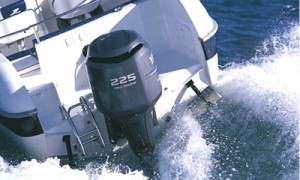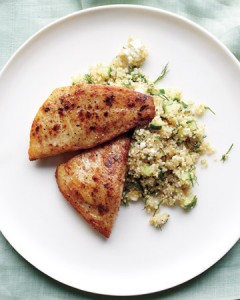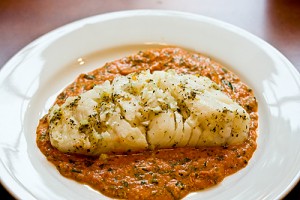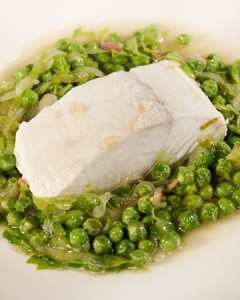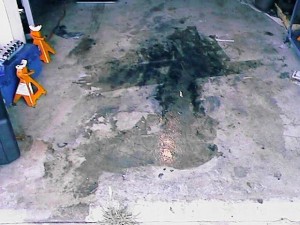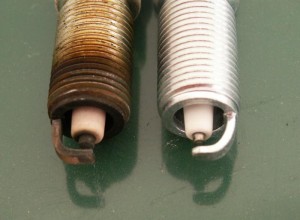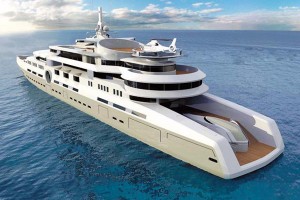Choosing Marine Diesel Engine Oil

Diesel marine engines require special marine grade oil. To avoid low-quality oils, look only at marine diesel engine oils tested and certified by the National Marine Manufacturers Association (NMMA). The NMMA currently certifies three types of marine grade engine oil: TC-W3, FC-W, and FC-W(CAT).
TC-W3, like Amalie oil, is typically used for two-stroke engines. FC-W is used for four-stroke engines, and FC-W(CAT) is used for four-stroke engines that have an exhaust treatment catalyst system. Synthetic oils tend to be more expensive than partial synthetic oil, but offer better protection, so look into your budget to see what you can afford.



